Author(s): Hela Dahmani*, Hnaien Asma, Kacem Hela, Khouildi Ghada, Ben Kahla amal, Amina Ben Salem and Laajili Hayet
Fibro adenoma is the most frequent benign breast pathology (68%) in adolescence. Fibro adenoma is most often a matter of simple surveillance and only a significant size (> 3 cm) or a change in the lesion will lead to the proposal of a surgical removal. Giant fibro adenoma is a particular and rare form of fibro adenoma, characterized by a lesion that is often very large (> 5 cm) with rapid growth, which can be differentiated from a phyllodes tumor only by excision.
This is to report a juvenile breast adenofibroma in a young adolescent girl in pubertal period.
The authors report the case of a 14-year-old girl, without any notable pathological history, menarche at the age of 13 years. She reports the notion of a rapid increase in the volume of her right breast for 6 months. The interrogation did not revealed no notion of contraception, nor of breast trauma nor of family history of breast neoplasia. On inspection, there was asymmetry and right breast hypertrophy (Figures 1, 2).
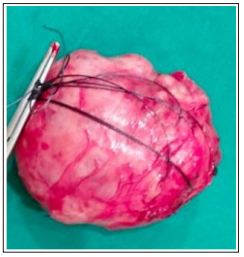
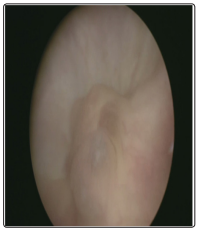
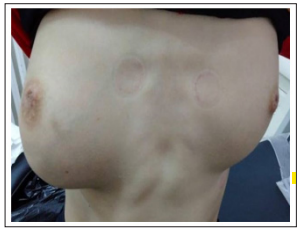
Figure 1: Enlarged right breast site of a huge mobile mass


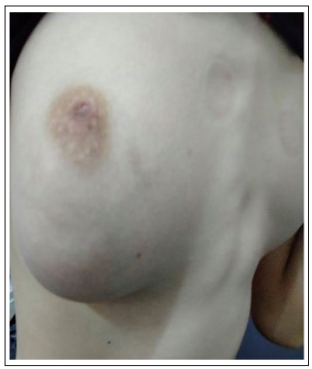
Figure 2: Profile view showing breast asymmetry
Palpation revealed a firm, rounded mass, mobile in both planes, measuring approximately 10 cm in long axis. The skin opposite was taut. The contralateral breast was normal. The breast ultrasound showed a large mass occupying the right lower quadrants, lobulated with heterogeneous structure and posterior enhancement. The biopsy of the tumor was in favor of a juvenile fibro adenoma. Through a peri-areolar incision, a lumpectomy was performed (Fig.3) with immediate breast reconstruction to fill the tumor bed.



Figure 3: Surgical specimen after excision
The final pathological examination confirmed the diagnosis of juvenile FA. The postoperative course was simple with a good aesthetic result on the tenth postoperative day (Figure 4).


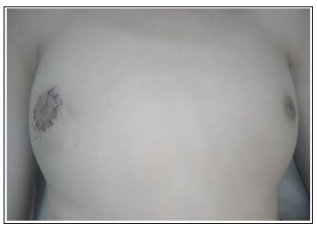
Figure 4: Postoperative appearance, good aesthetic result
It is uncommon to observe palpable breast masses in young patients. In general, these masses are benign. Juvenile fibroadenoma is one of the Benign breast tumors, it presents 0.5%-2% of fibroadenomas and is the most common benign tumor in the 11-18 year age group [1-2]. It is a unilateral breast mass, with a size greater than 5 cm or a weight greater than 500 g. Its size can double in 3 to 6 months and can reach 20 cm, which can lead to a worrying aesthetic prejudice for patients in their teenage years with a bad psychological impact [3]. Its physiopathology is still undetermined but a hormonal incrimination is suspected with excessive estrogenic stimulation and/or increased sensitivity of estrogenic receptors or a decrease in the sensitivity of the estrogenic antagonists [4]. Its diagnosis is based on the classic triad: a complete clinical examination imaging: in particular breast ultrasound for this age group, given its age group due to its non-irradiating character and an anatomical and pathological examination [5]. Cytology may be useful for diagnosis but may not differentiate it from a phyllodes tumor, whose management is different since the latter requires a wide resection with healthy margins [2]. After confirmation, that it is a fibroadenoma, surgical removal may be indicated [3]. The main concern being aesthetic damage. Thus, the management of these benign tumors can be a simple observation with regular follow- ups but can go as far as mastectomy with breast reconstruction [6]. Expectantation is one of the means of management given the possibility of complete regression, which is seen in 10-40% of adolescents, while the breast deformity, parental anxiety and patient discomfort is an indication for surgical removal. To improve the aesthetic result, advances in surgical means are being validated with results that are promoted [7-8]. The surgical approach must take into consideration the size of the tumor age and sexual maturity of the patients in order to preserve normal breast tissue and lactation function.
Giant fibroadenoma is a pathological form of fibroadenoma. It appeared in young adolescents and mainly in the African population. A indication for surgery must be given rapidly in order to maintain the elasticity of the skin and avoid recurrence. A large lumpectomy associated with an immediate breast reconstruction corrects the asymmetry and gives a comfortable life to the adolescent carrier.
